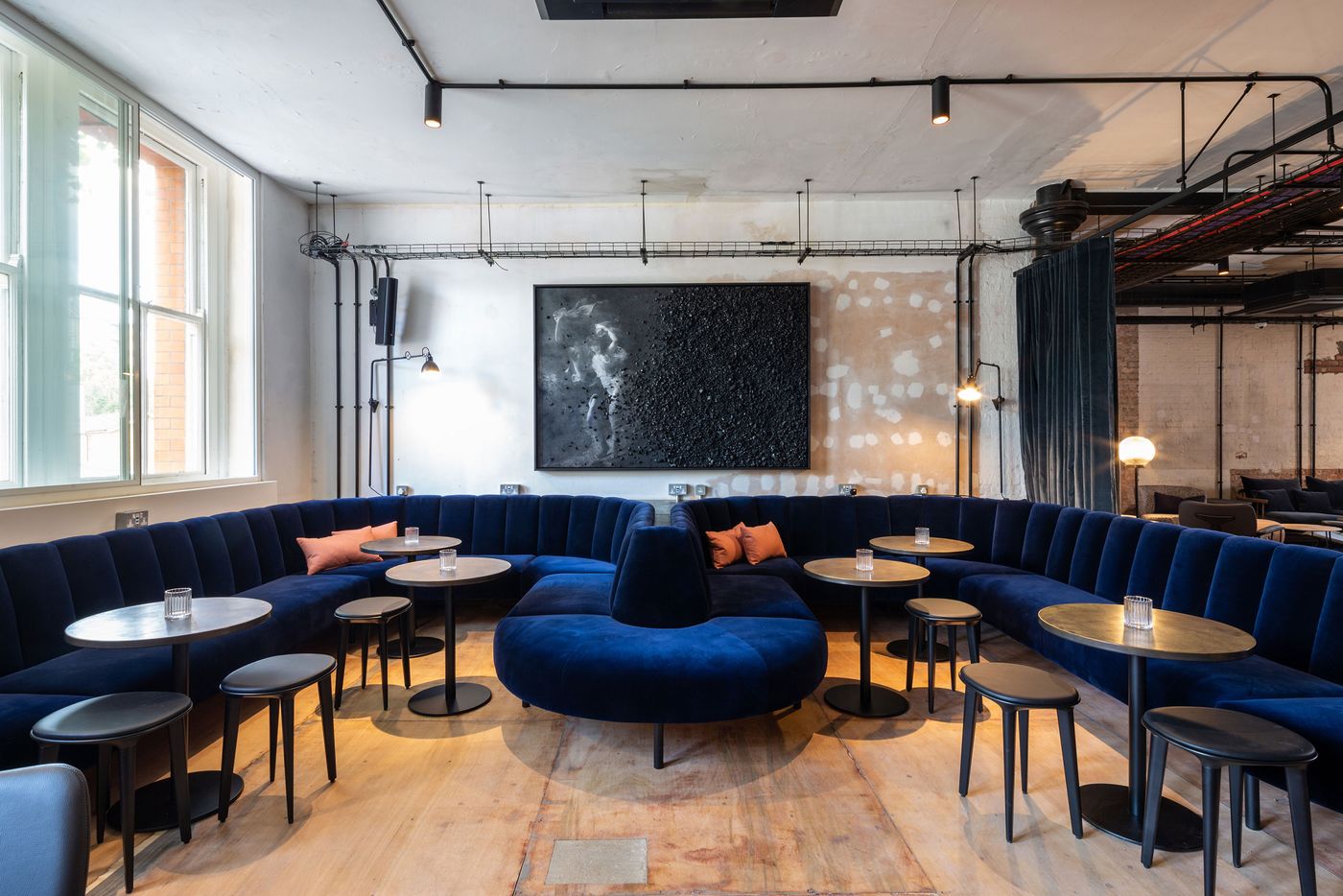
A Victorian Printing Factory is Transformed into the Ministry of Sound's New Social Venue
Words by Eric David
Location
London, United Kingdom
A Victorian Printing Factory is Transformed into the Ministry of Sound's New Social Venue
Words by Eric David
London, United Kingdom
London, United Kingdom
Location
The Ministry of Sound has come a long way since its humble beginnings in 1991 when the eponymous nightclub opened its doors in a derelict bus garage in South London with only three lights, plastic sheeting for toilet doors and no alcohol. Since then, it has evolved into a world-famous multimedia entertainment brand with worldwide events operation, music publishing business, a fitness studio, and now a brand new shared office space and private members club. Located in a 1860s Victorian printing factory in Southwark, London, The Ministry, as the venue is called, provides local creatives with space to work and socialize in an environment that fuses the building’s raw, industrial sensibility with a refined aesthetic of effortless sophistication. It is a bold combination of functions and aesthetics, masterfully orchestrated by London-based architecture and design practice Squire & Partners, which evocatively embodies the Ministry of Sound’s innovative ethos and creative DNA.
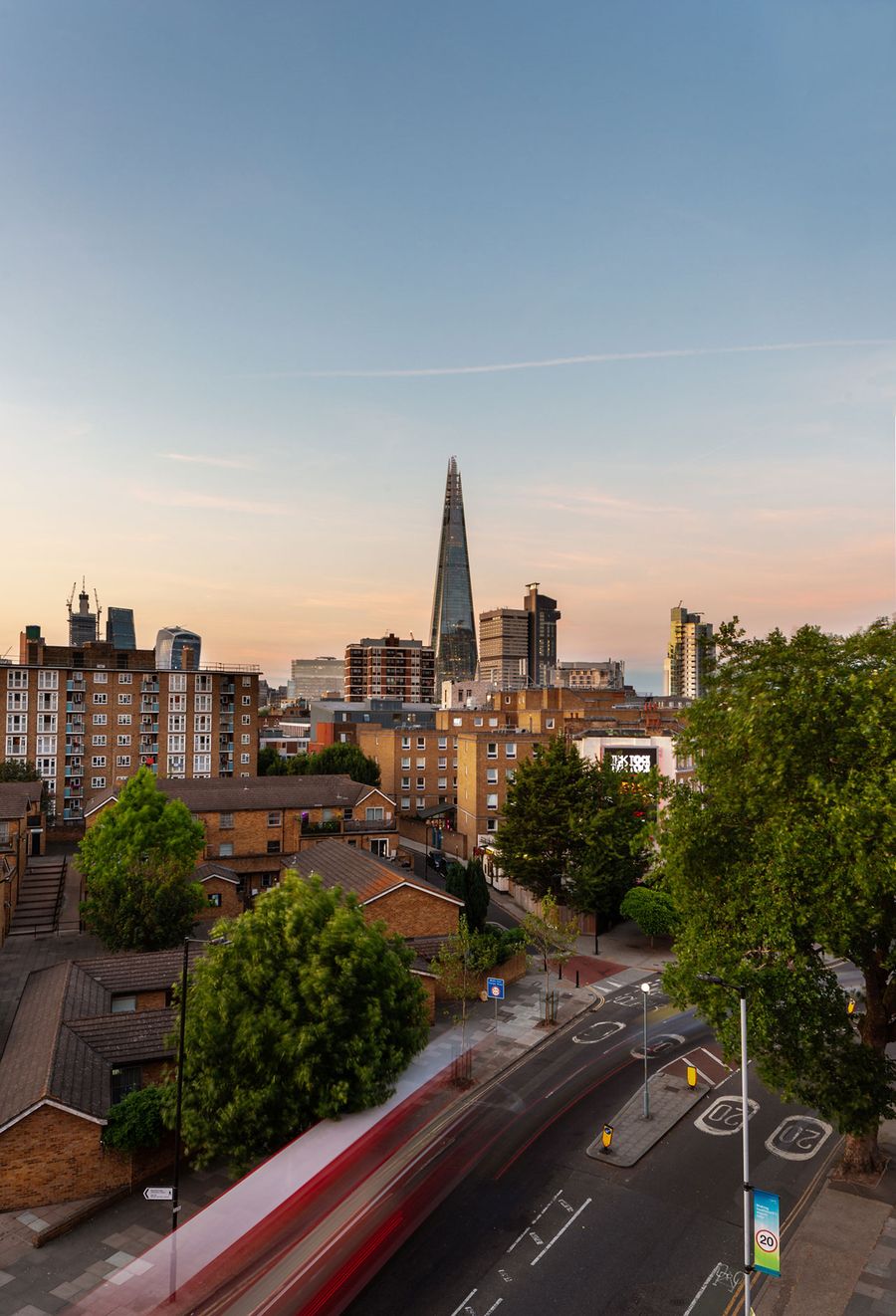
Photo by James Jones.
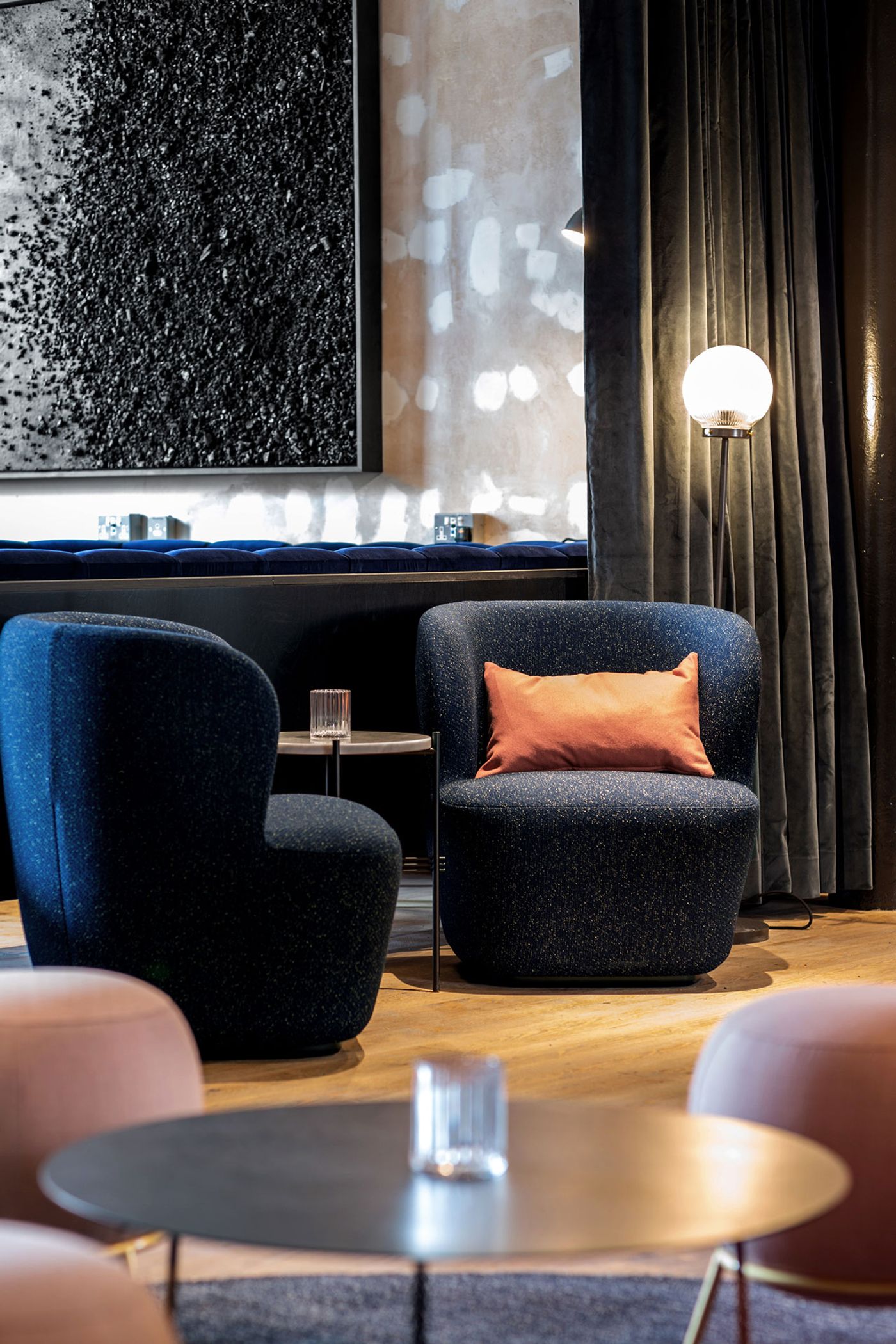
Photo by James Jones.
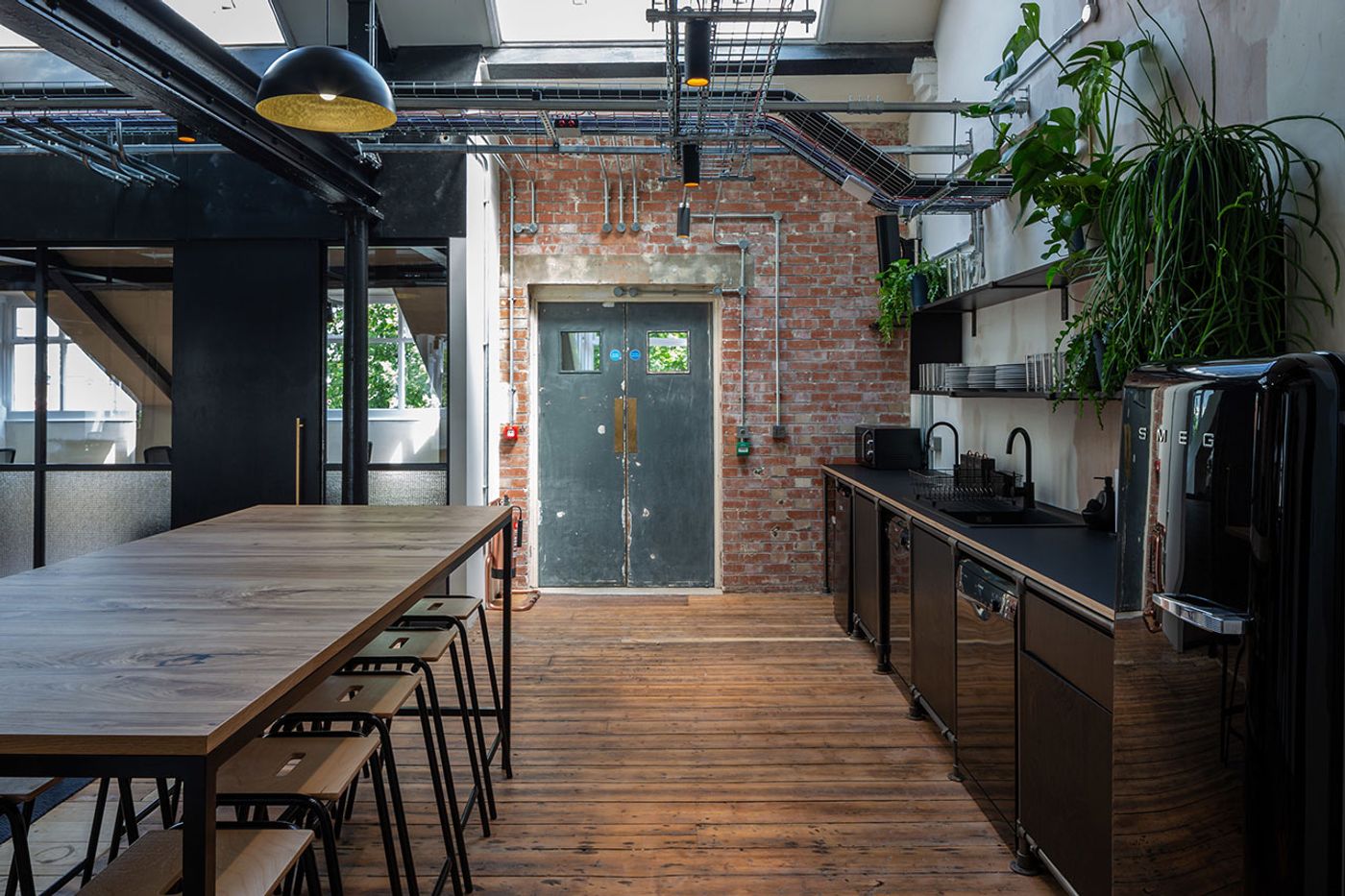
Photo by James Jones.
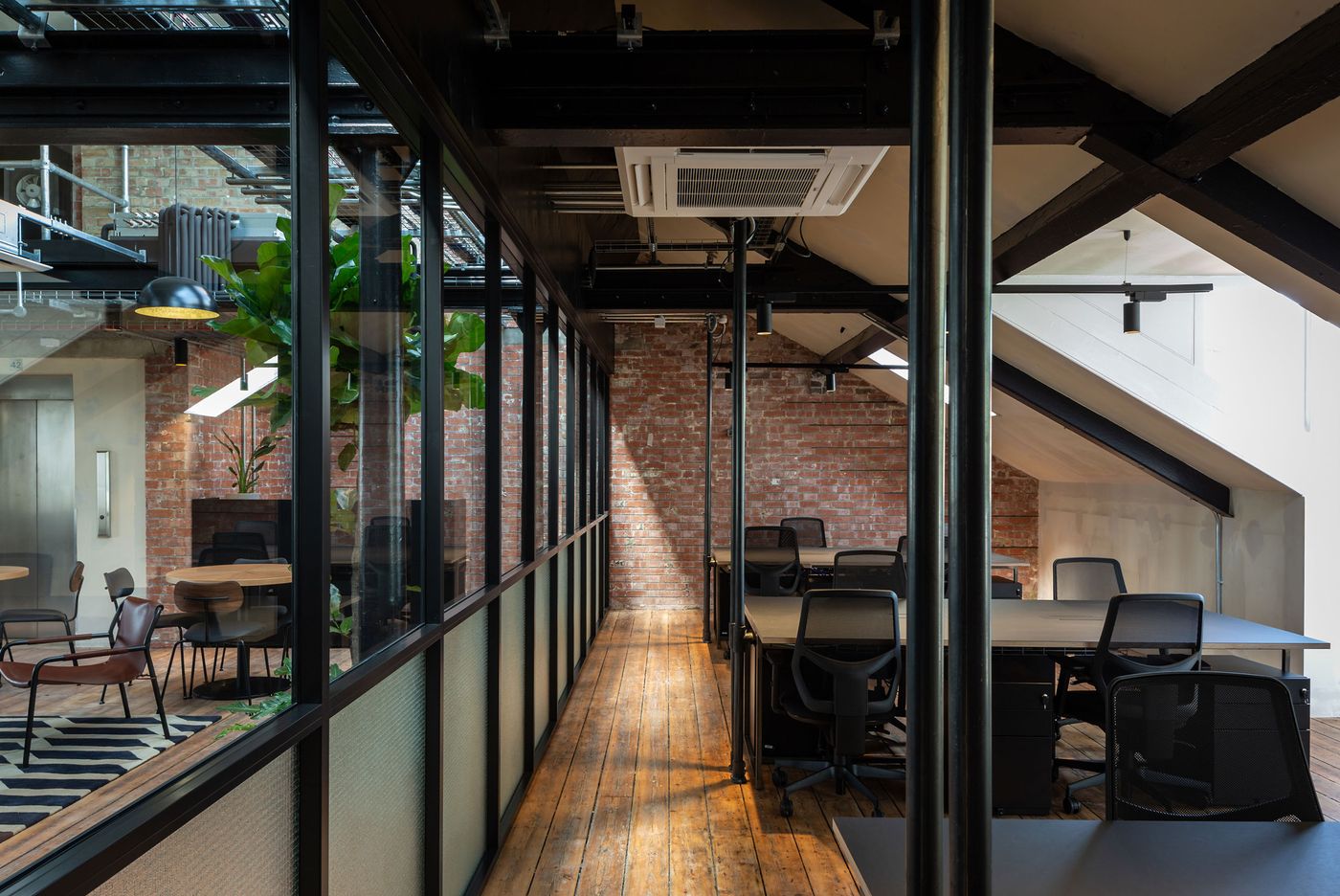
Photo by James Jones.
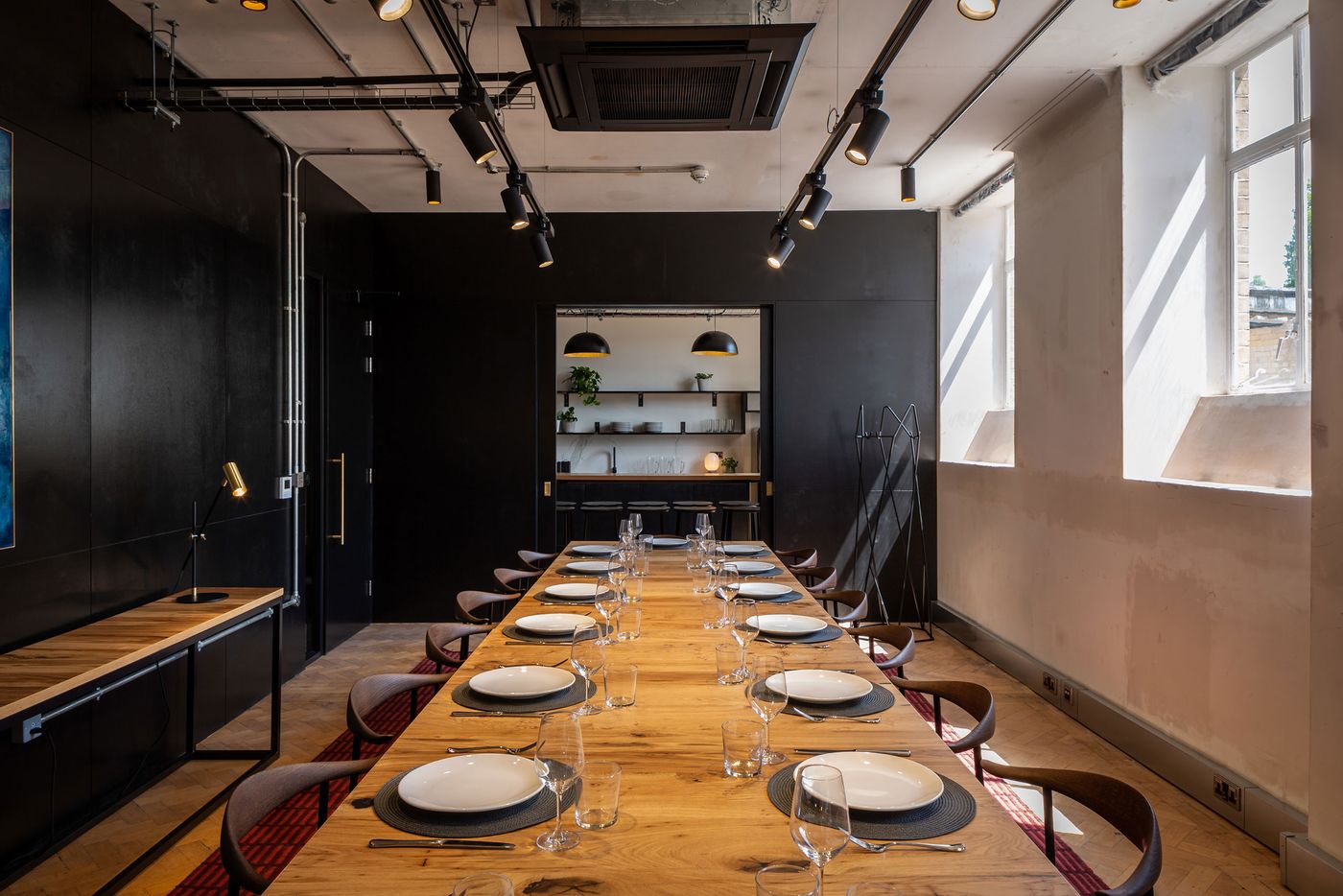
Photo by James Jones.
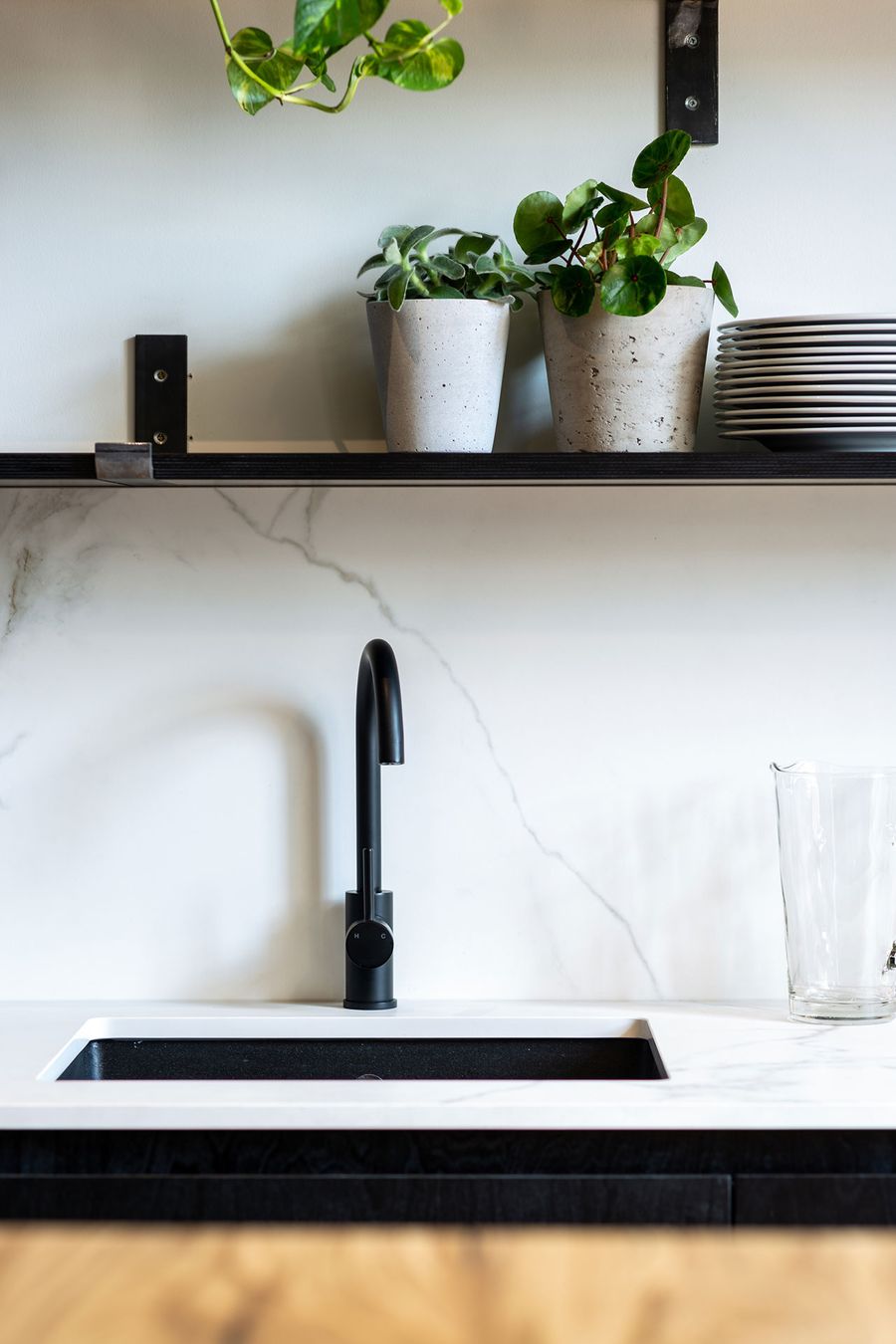
Photo by James Jones.
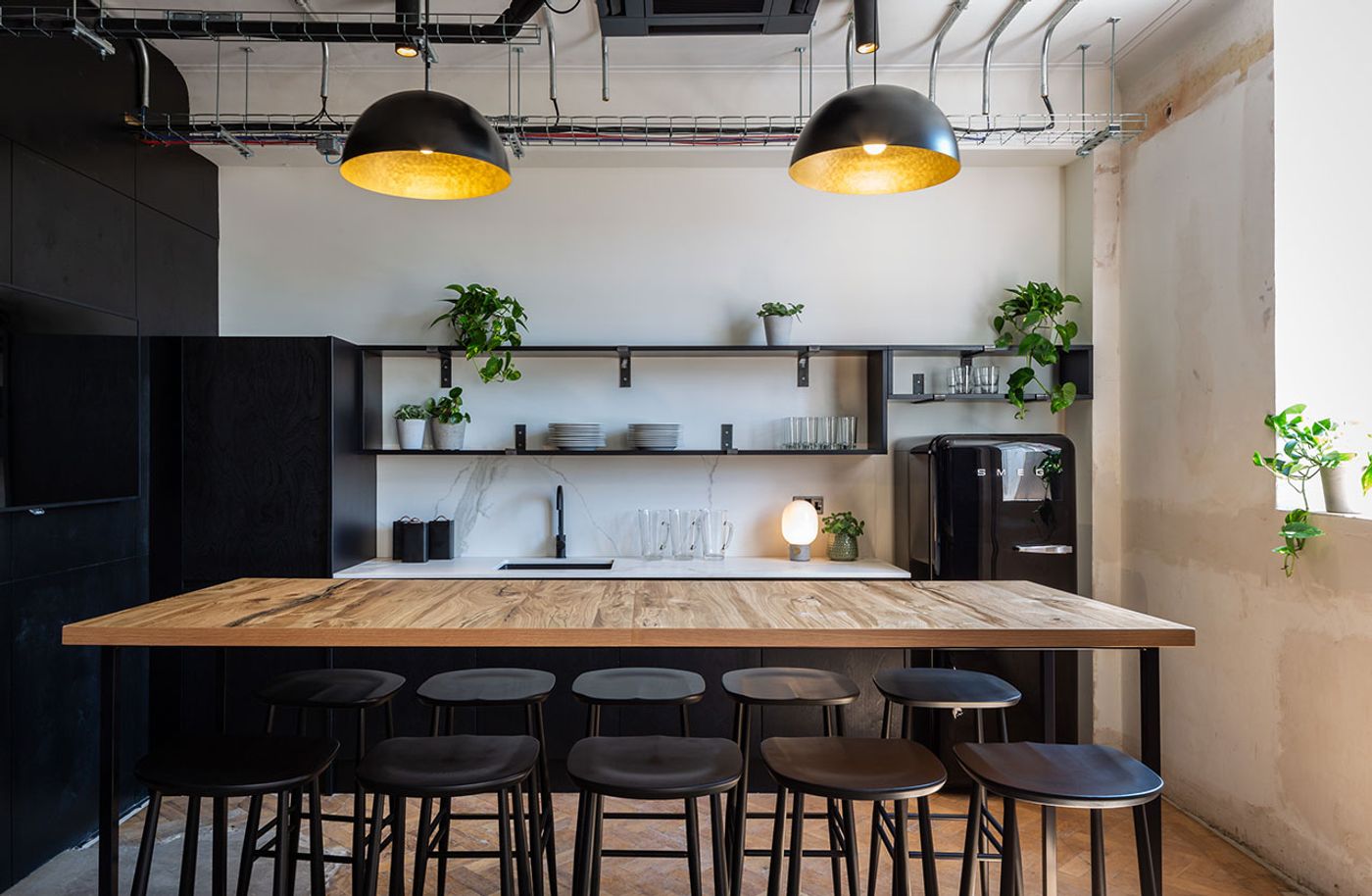
Photo by James Jones.
The Ministry’s interiors are imbued with the industrial heritage of the building as conjured by the weathered timber floors, untreated textured walls, exposed brickwork, black painted steelwork and visible ducts. Against this austere, rough background, the designers have added a curated layer of sophistication in the form of an eclectic selection of furniture, fabrics, lighting and artworks that provides a convivial veneer without effacing the venue’s authenticity. Simon Moore, creative Director at The Ministry, sums up this aesthetic as "premium raw, a stripped-back simplicity with a high quality finish, which has underpinned every creative decision we took, from the furniture and fabrics through to the branding, uniforms, fragrance and art.”
The key challenge in designing a dynamic workspace for entrepreneurs from creative industries such as music, film, the arts and fashion was to create adaptable spaces catering to an evolving series of uses over the course of a day, from working breakfasts to lunch meetings through to social events in the evenings, as well as seasonal needs. For this reason, creative, social and networking aspects informed the design of both the office spaces and the private members club as much as practical considerations such as lighting and circulation.

Photo by James Jones.
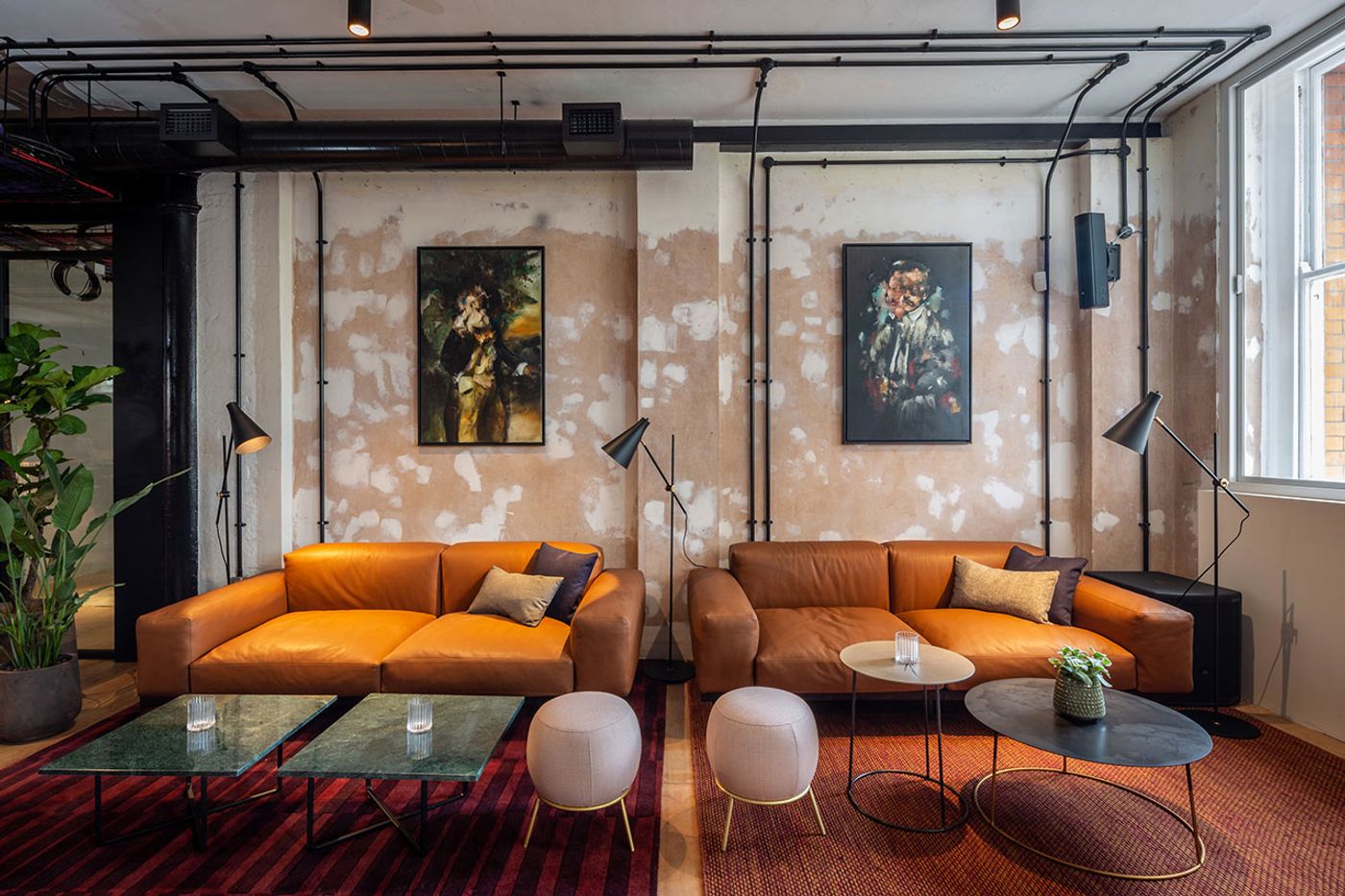
Photo by James Jones.
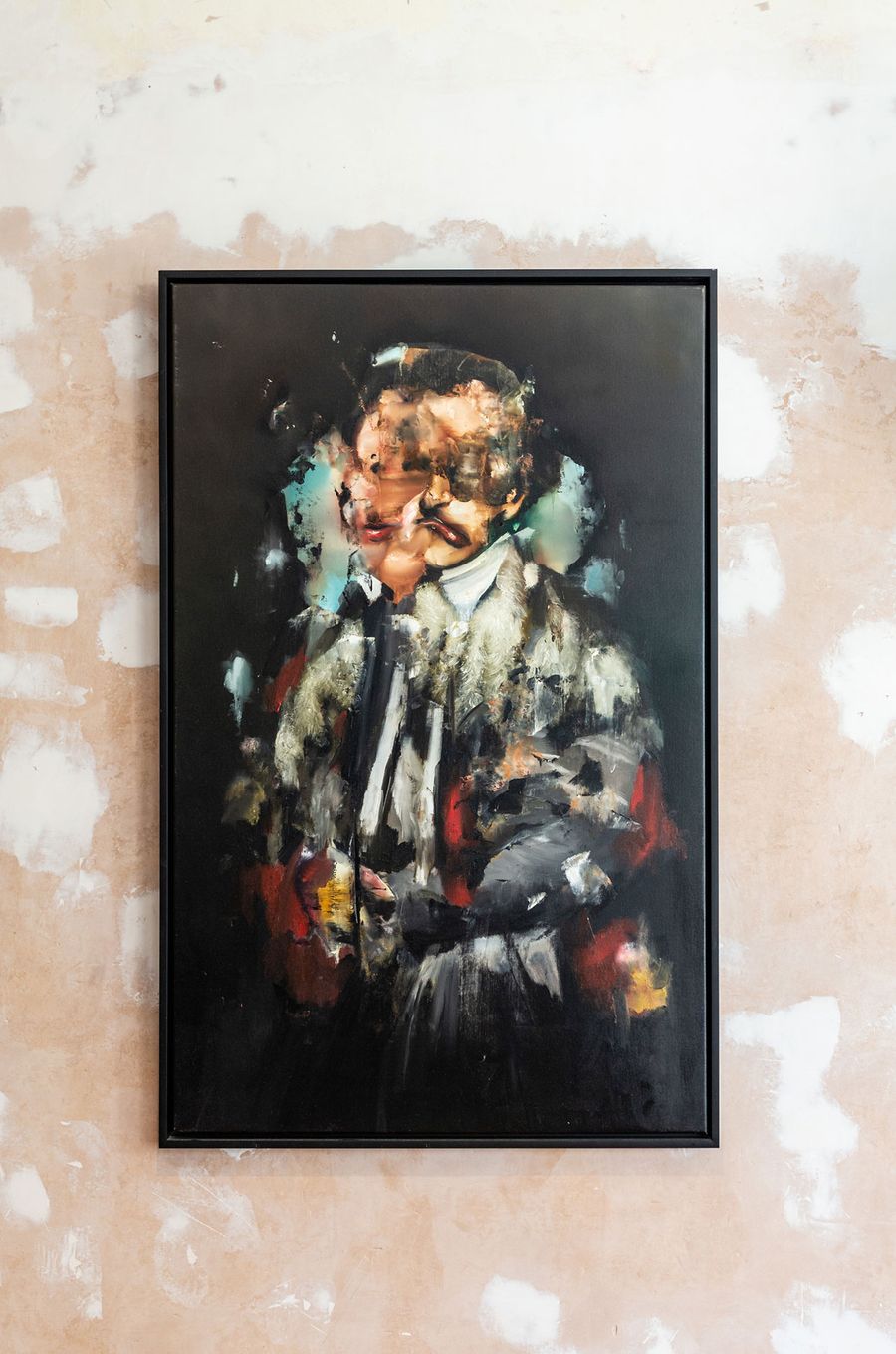
Photo by James Jones.
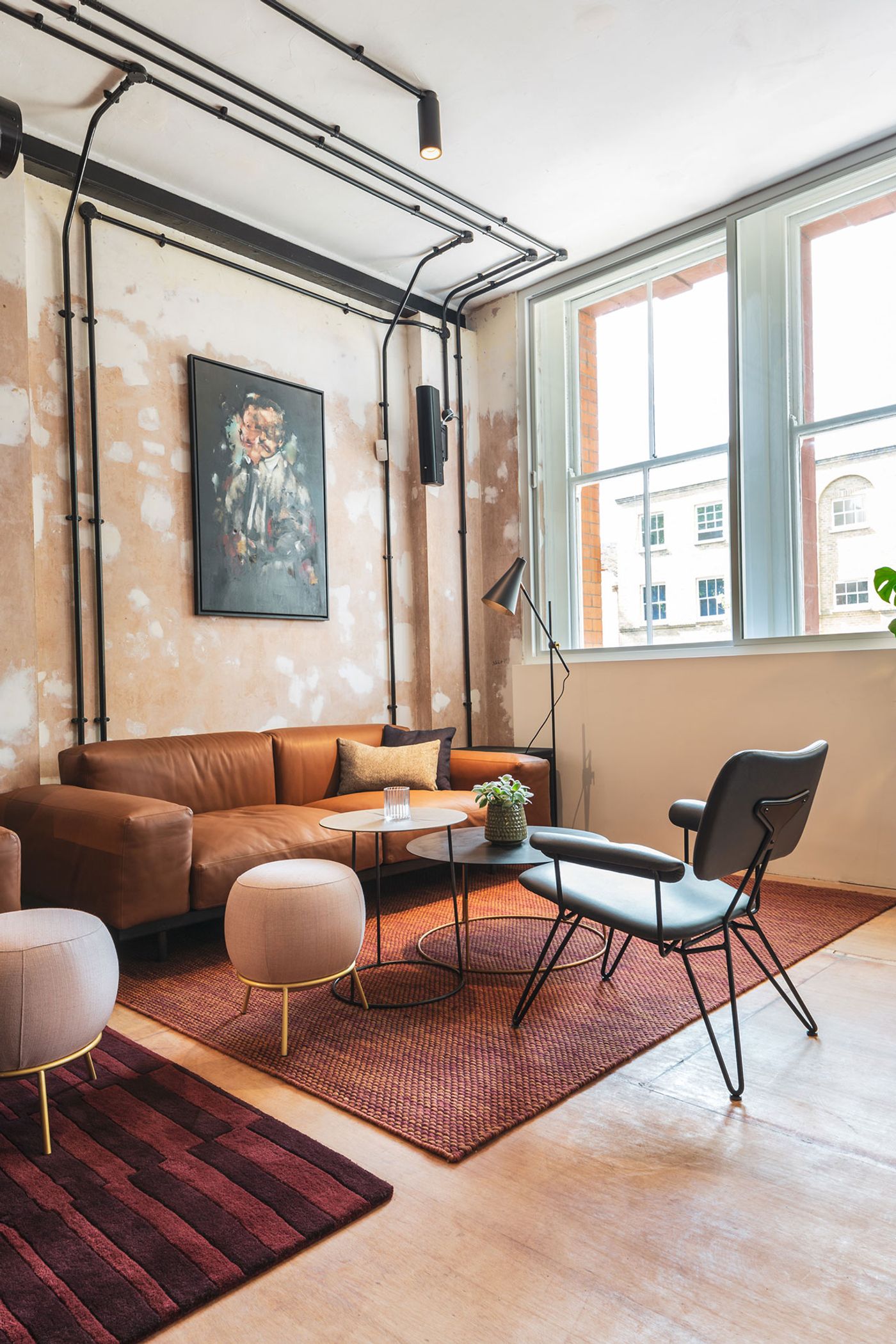
Photo by James Jones.
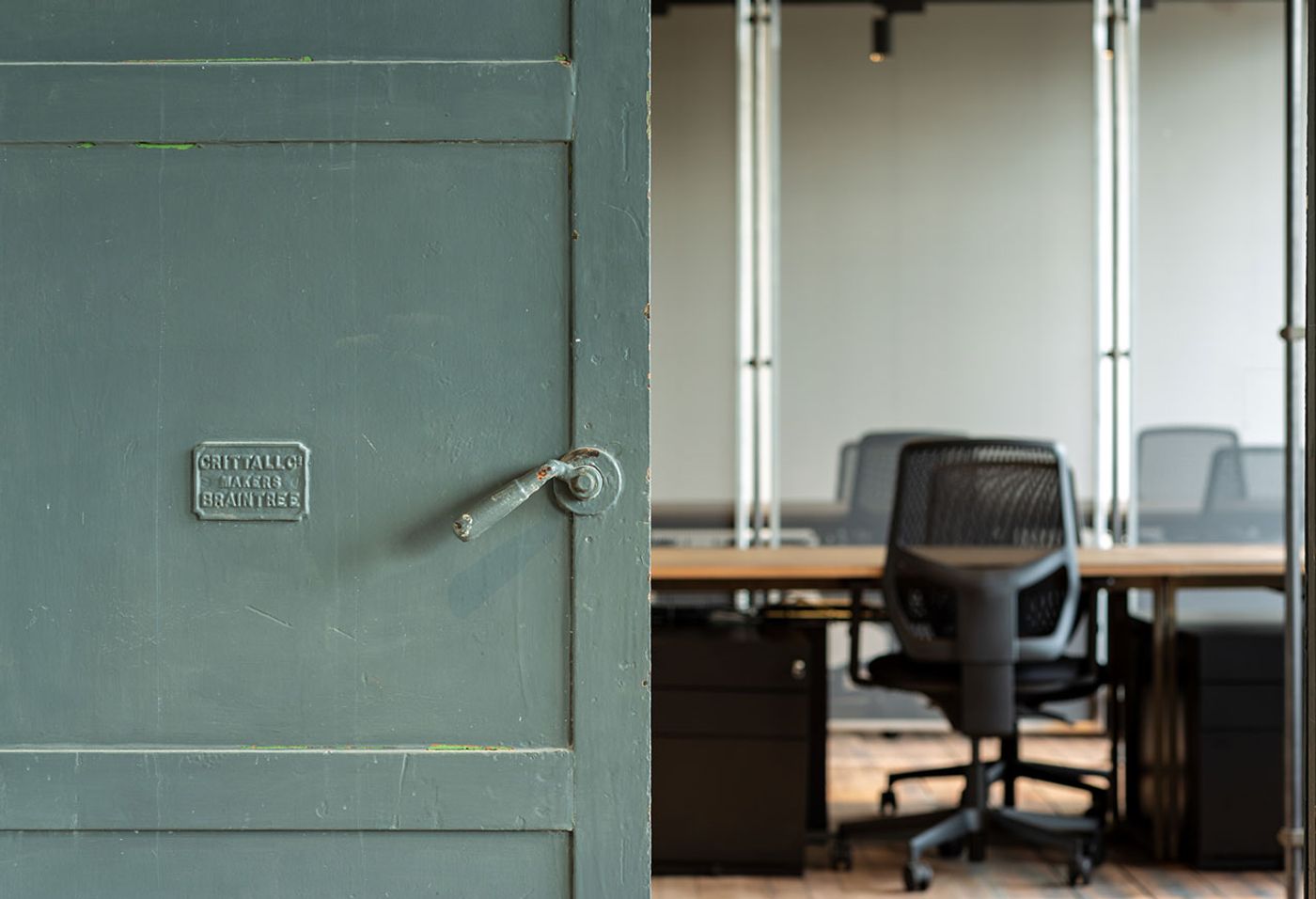
Photo by James Jones.
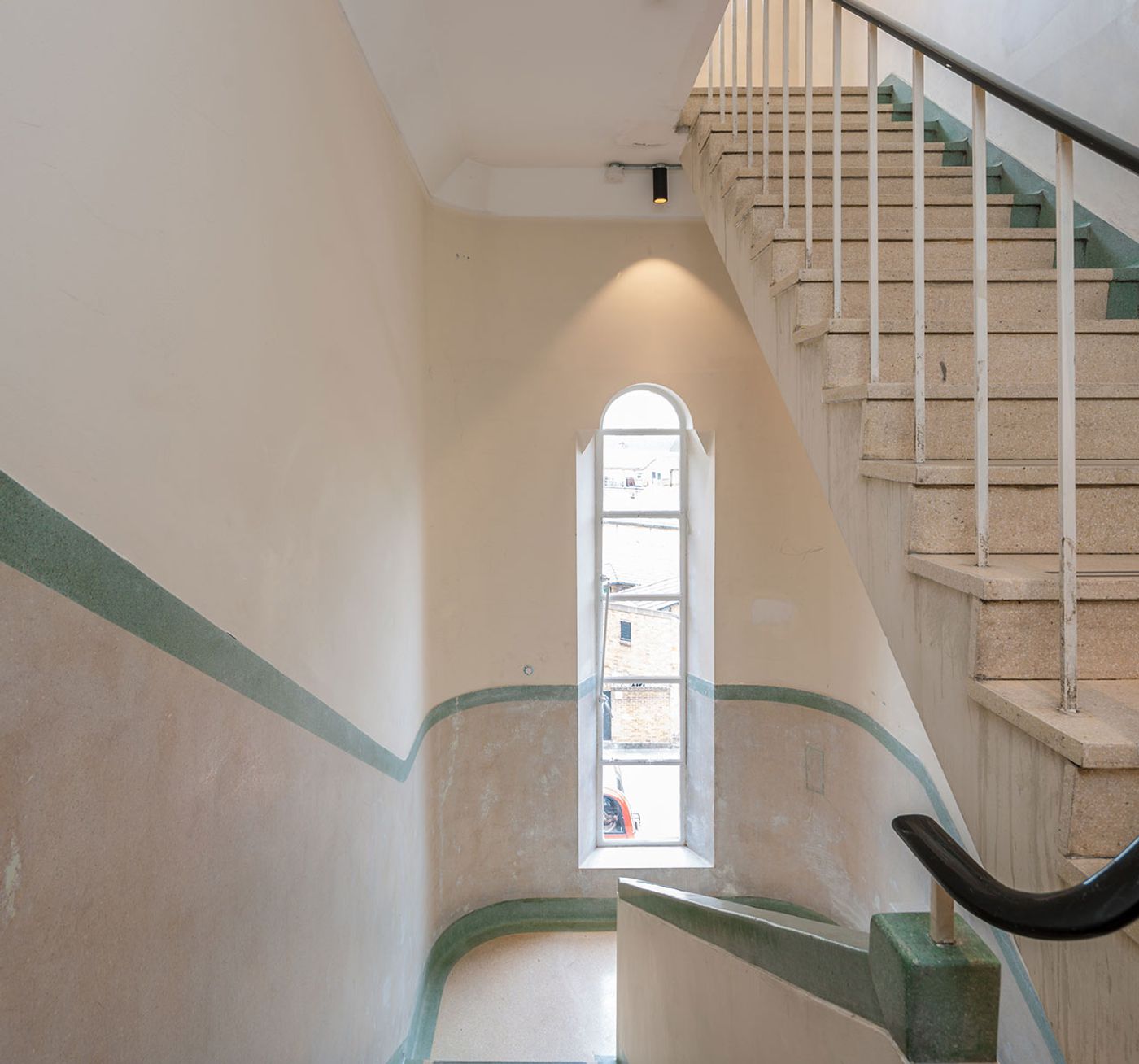
Photo by James Jones.
Taking over the first to the fourth floors, the offices can accommodate up to 850 people in a series of light-filled open and closed workspaces, meetings rooms, breakout areas, tea points and private “phone booths”. The muted palette of the interior jostles with a series of oversized rugs featuring bespoke patterns designed by Squire & Partners (based on original motifs found throughout the building) and London-based design duo Eley Kishimoto who took inspiration from the music, energy and the heritage of The Ministry of Sound. The stripped-down yet polished aesthetic continues in the circulation spaces between the floors where the original terrazzo stairs in pale green and pink hues are juxtaposed with the exposed concrete and steel structure.
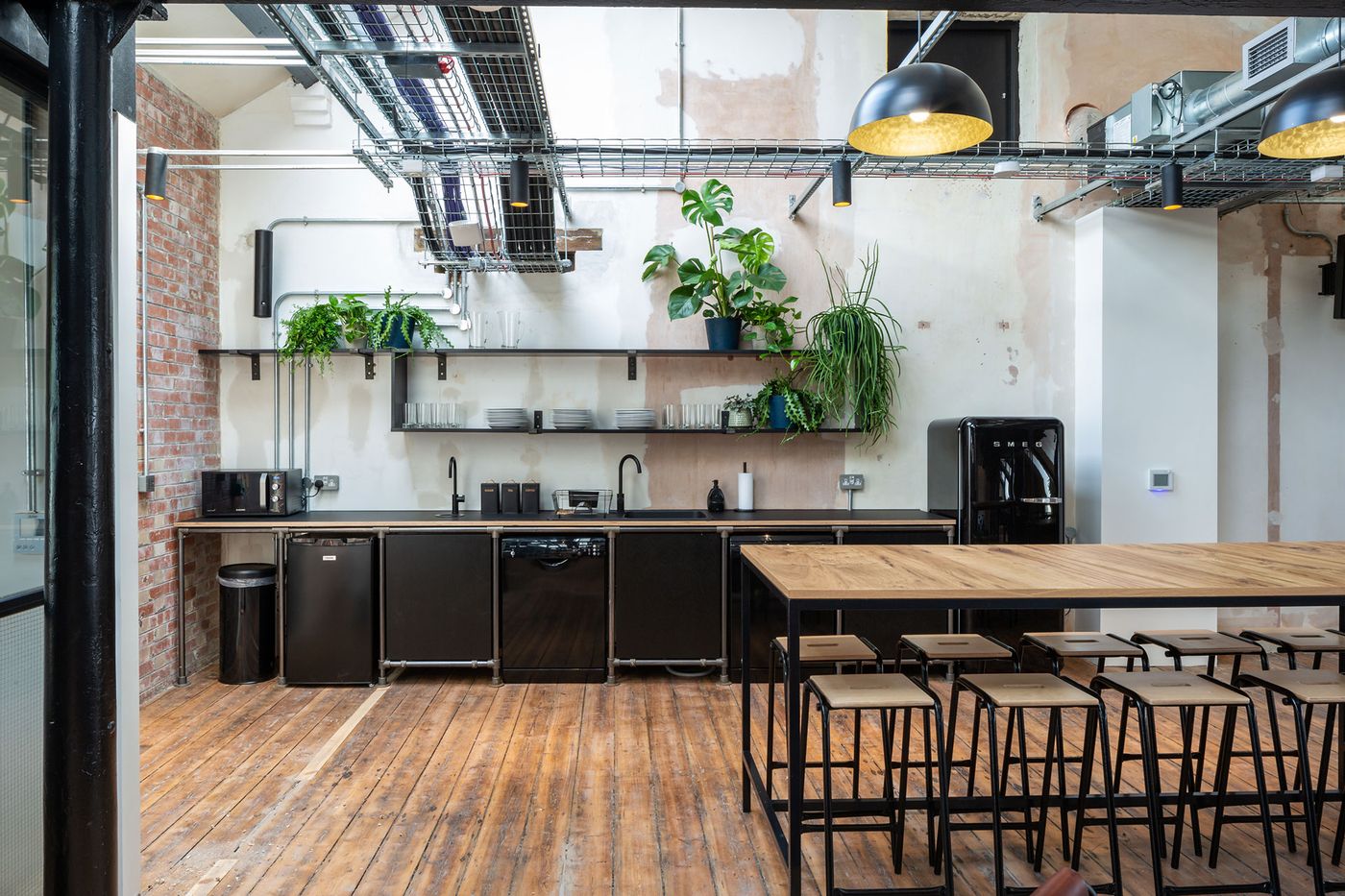
Photo by James Jones.
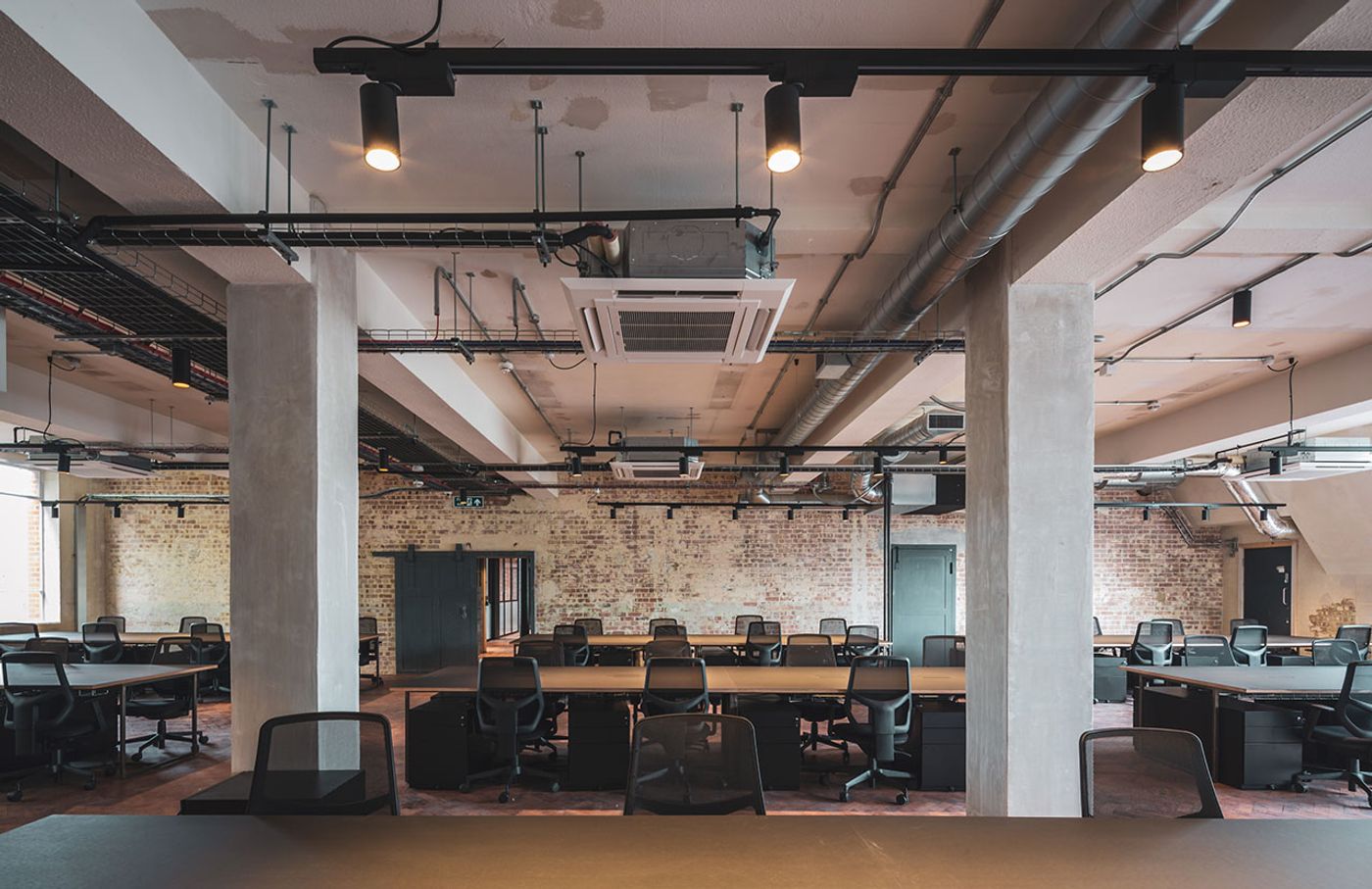
Photo by James Jones.
The ground floor has been designed as a series of social areas where members and guests can eat, drink and socialize, including circular curtained booths, private meeting and dining rooms, and an urban garden courtyard with an outside bar and fire pit. Undoubtedly the focal point is the sleek 22-metre-long concrete and copper pipe bar that runs across the length of the building which leads to the courtyard. Whereas the workspaces above are stimulated by a series of boisterous rugs, this area is complemented by a rotating collection of bold contemporary artwork, curated in consultation with Christopher Shake and Charlie Smedley.
On the lower ground floor, the venue houses a virtual reality studio, a series of screening and soundproof production rooms, and a playfully designed “tequila and mezcal bar”. Featuring a miniature elliptical bar counter, upholstered Marshmallow stools by Edward Van Vliet and colourful textile chandeliers inspired by Polish folklore by London-based Karolina Merska, the "shot bar" whimsically encapsulates The Ministry’s mission to create a venue as far away as possible from the tired clichés of private members’ clubs and shared workspaces where their members can both thrive and have fun.
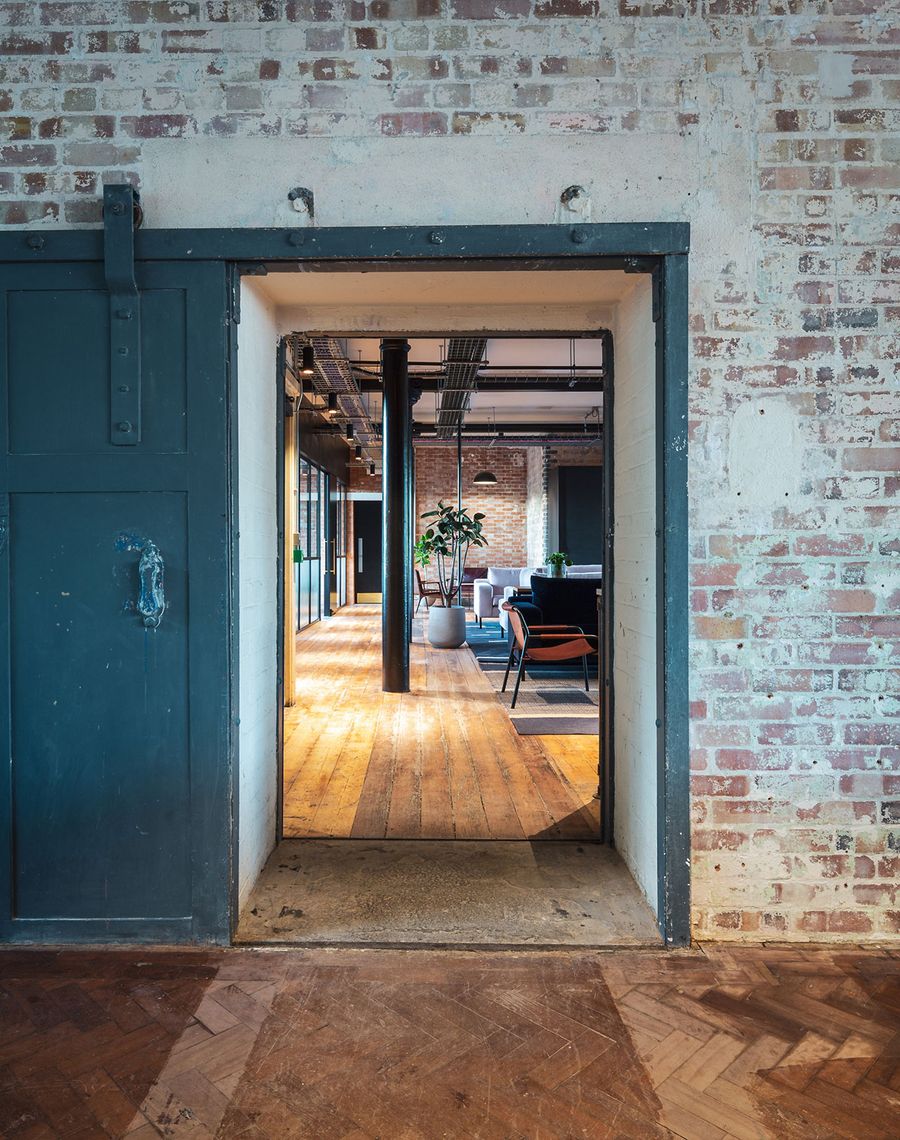
Photo by James Jones.
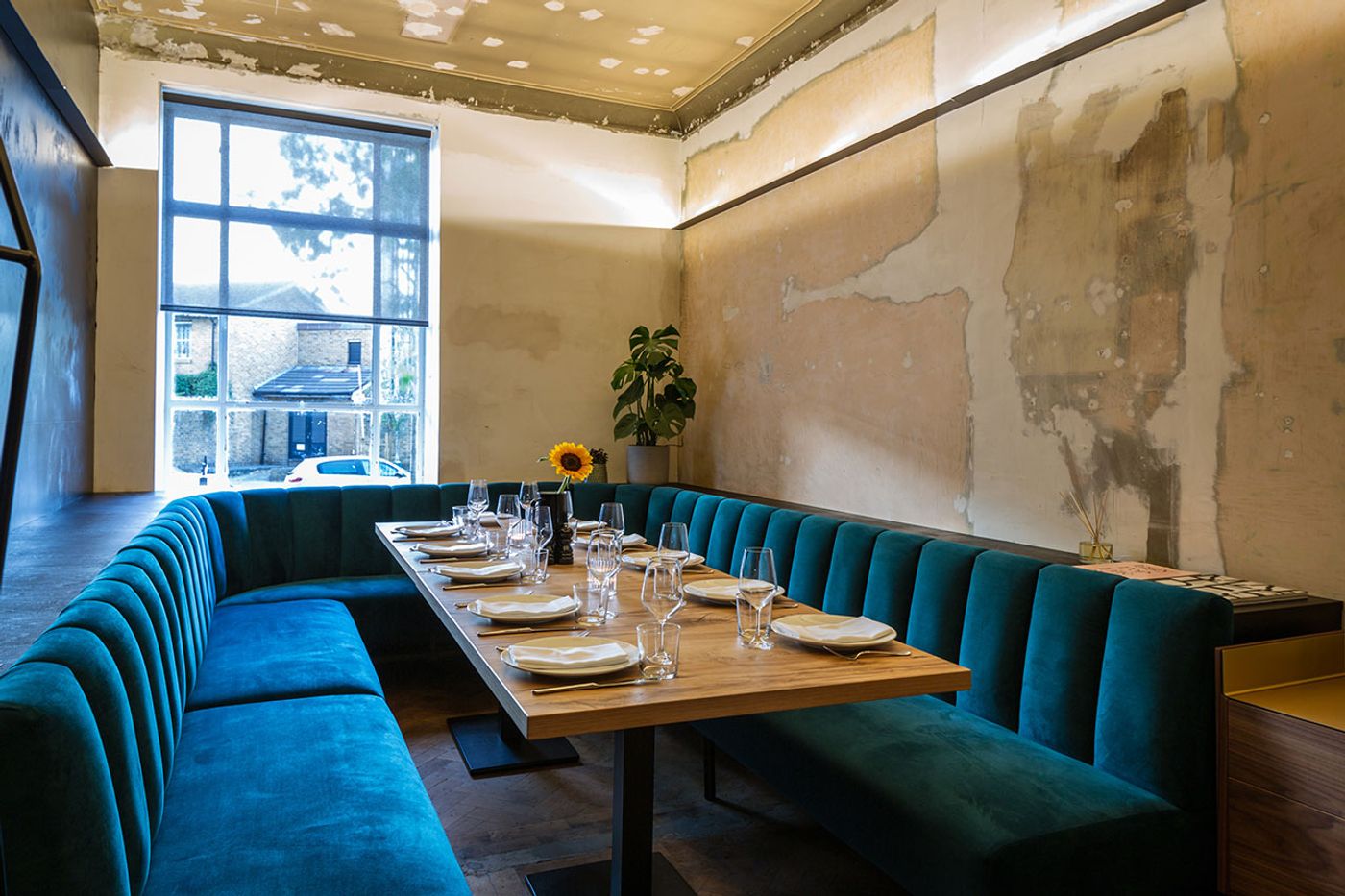
Photo by James Jones.
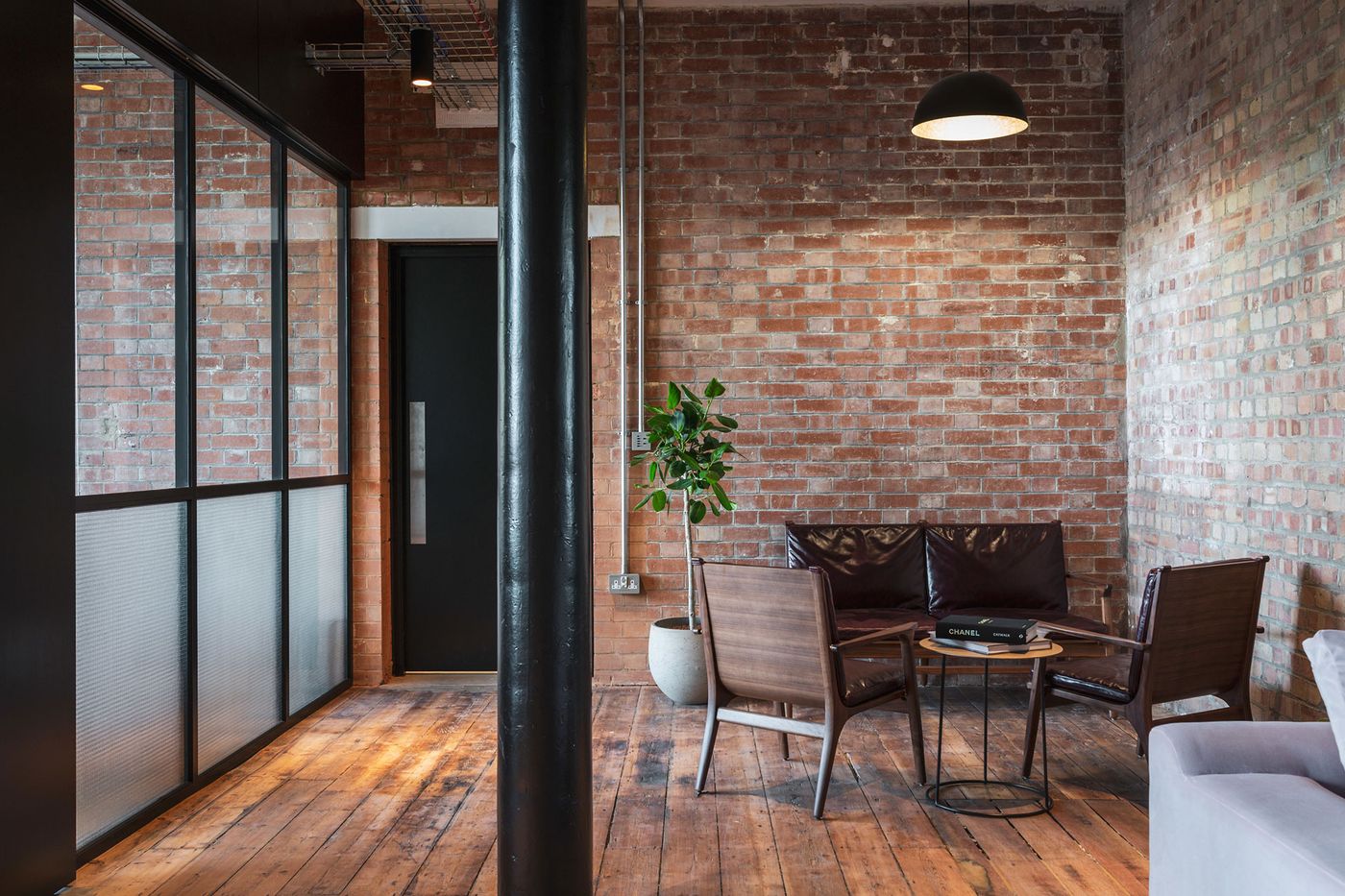
Photo by James Jones.
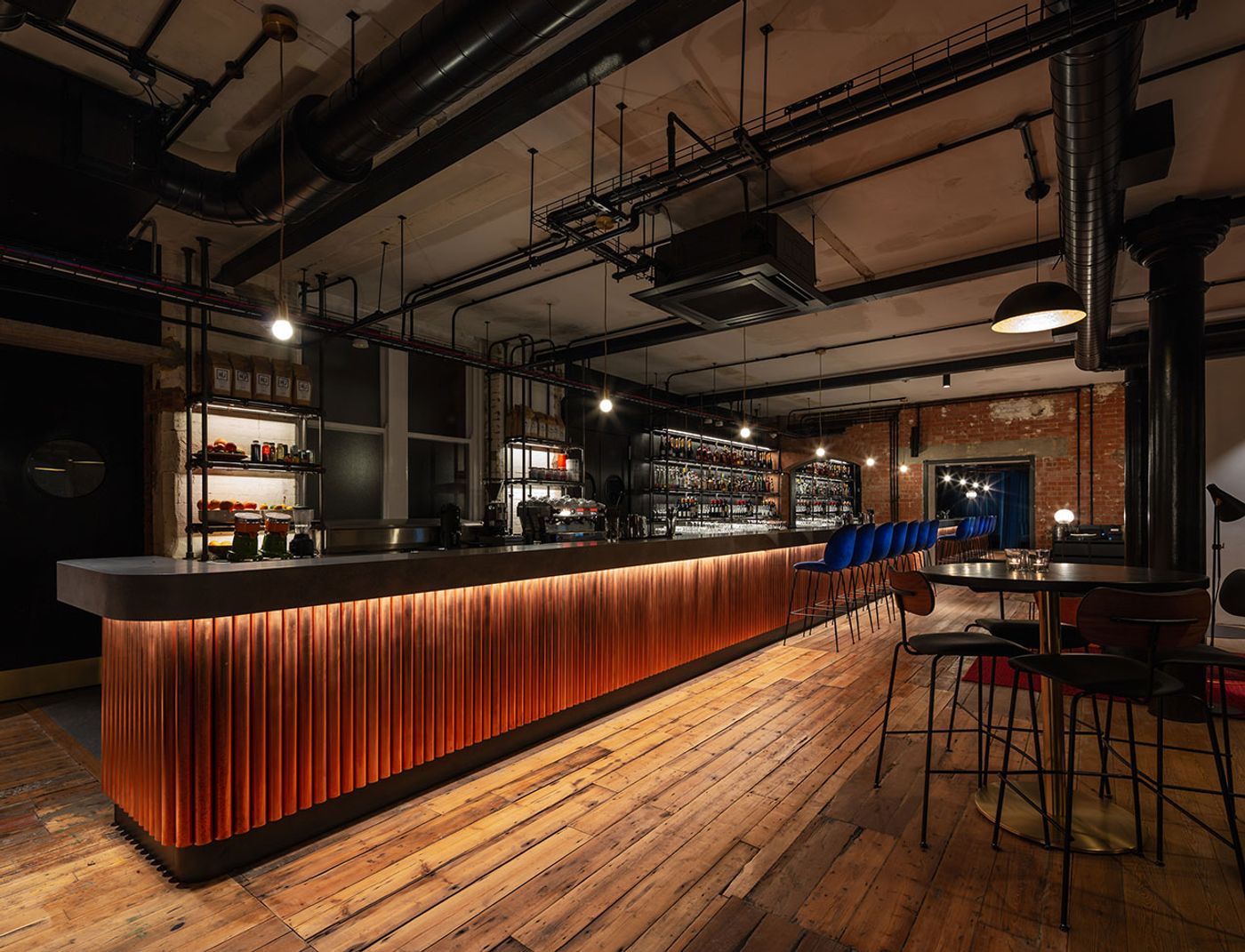
Photo by James Jones.

Photo by James Jones.
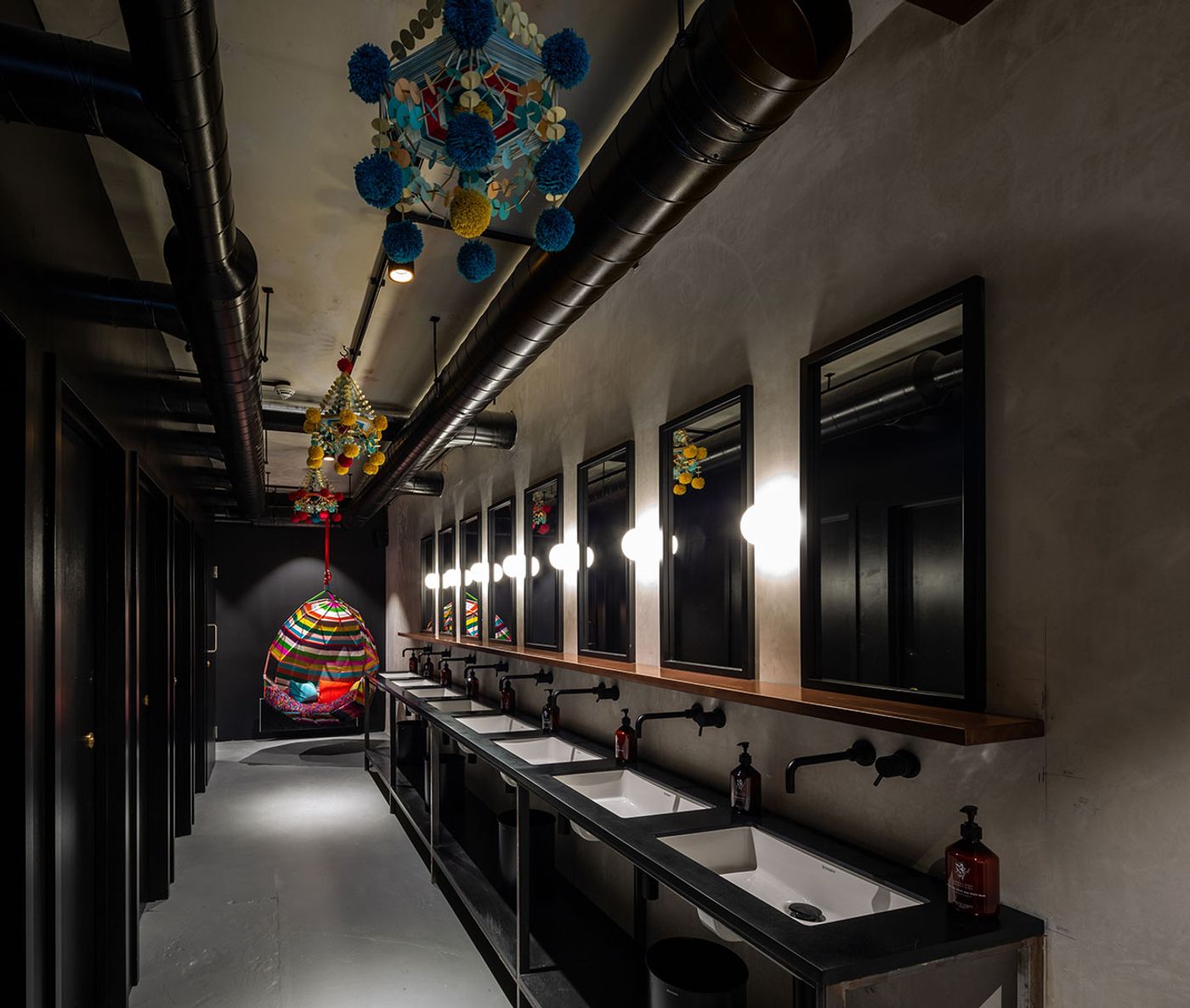
Photo by James Jones.
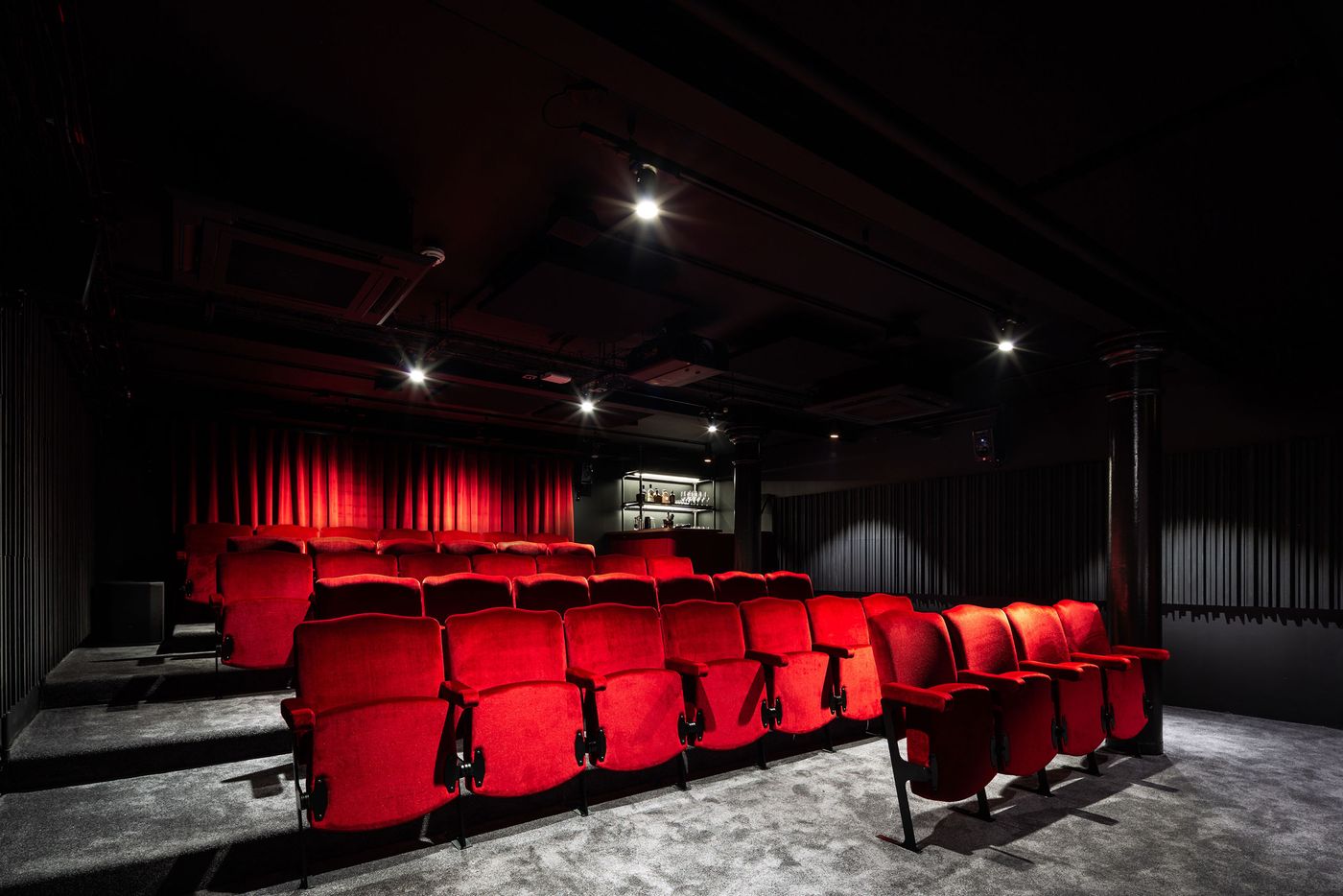
Photo by James Jones.
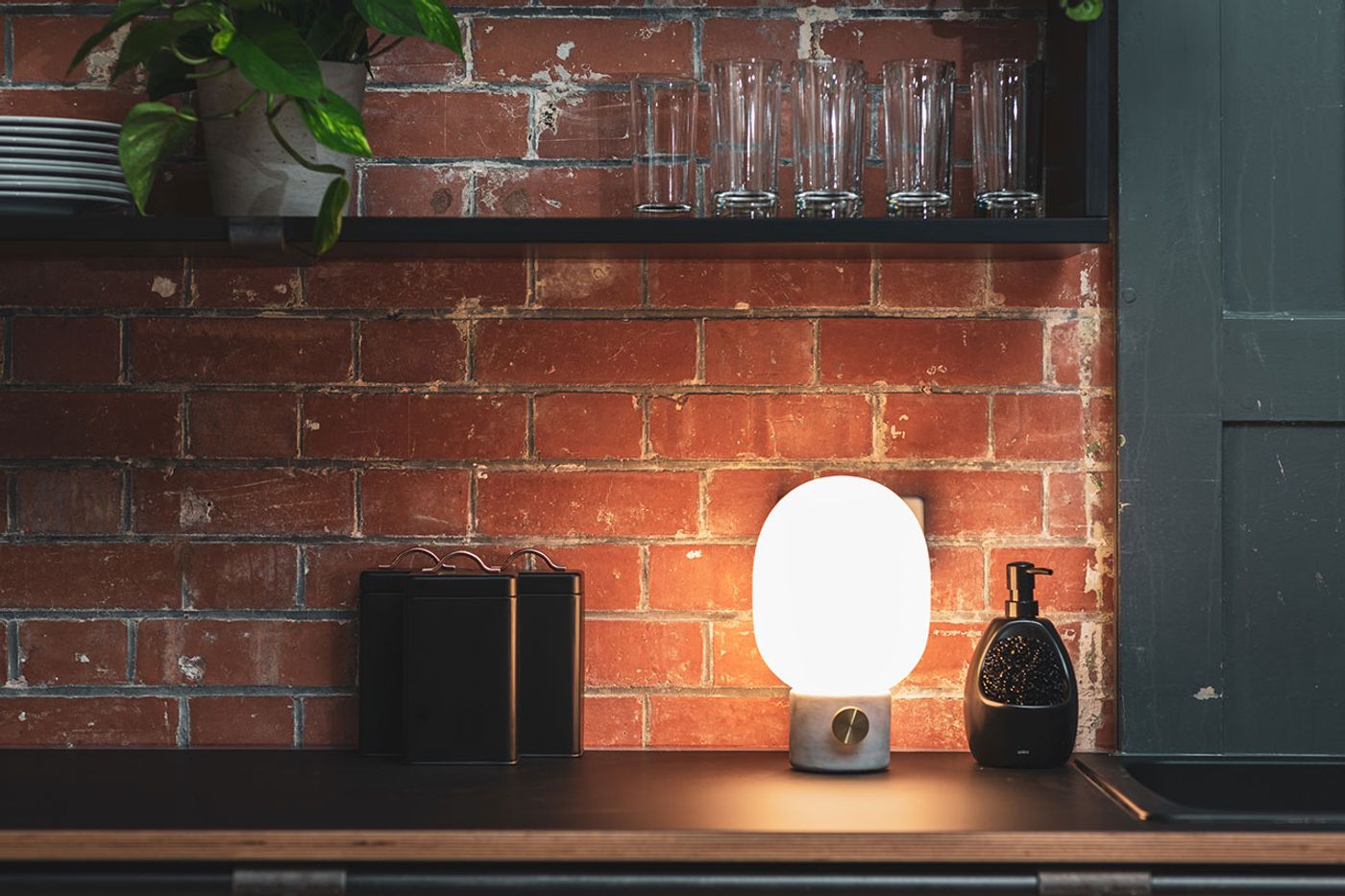
Photo by James Jones.

Photo by James Jones.


